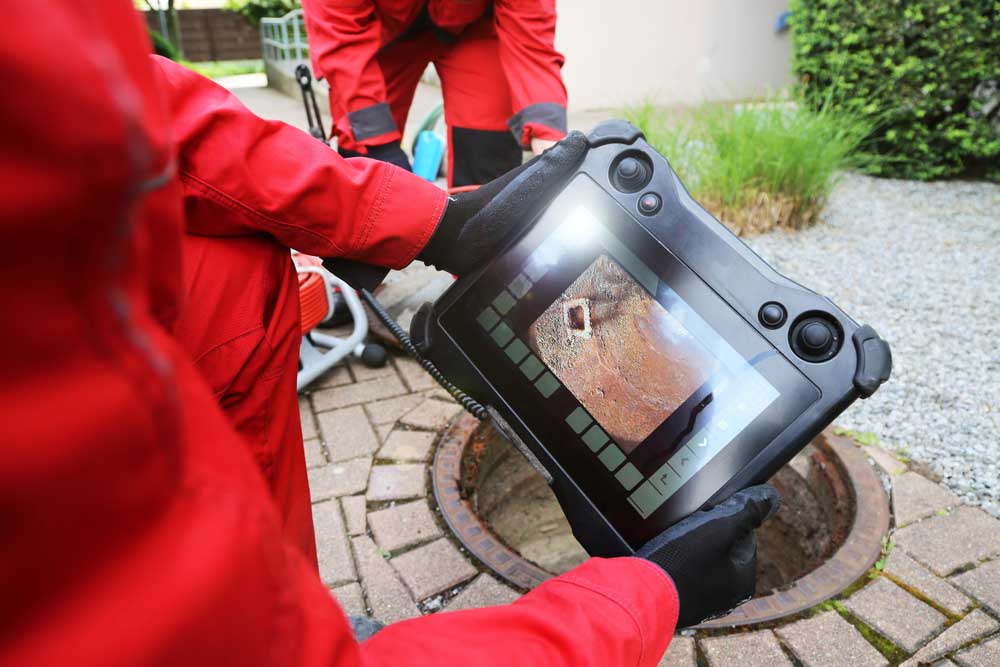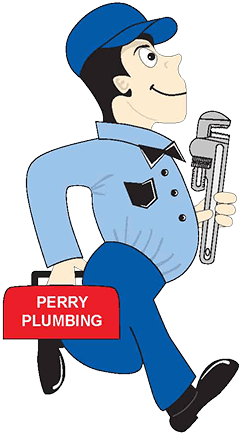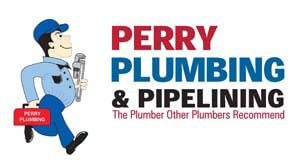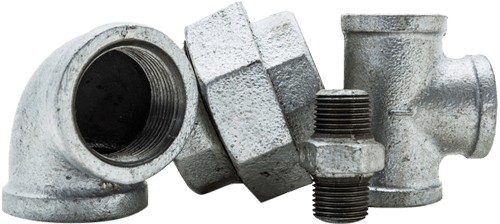
Epoxy pipe lining is a cutting-edge solution for repairing damaged pipes without the need for extensive excavation. This process involves applying a resin-coated liner inside existing pipes, creating a new, durable inner surface. At Perry Plumbing & Pipelining, we understand that the success of epoxy pipe lining relies heavily on the right equipment. Here’s a guide to the essential tools and machinery that contribute to the efficiency of the process.
1. Pipe Inspection Cameras
Before we start any project involving trenchless pipe lining in San Diego, CA, a thorough inspection is crucial. These high-resolution cameras are inserted into the pipes to provide a clear view of their interior, helping to plan the lining process effectively. Using a pipe inspection camera, our team can easily identify significant corrosion in a sewer line, allowing us to tailor the epoxy lining application to address the specific damage.
2. Pipe Cleaning Equipment
Proper preparation of the pipe surface is essential for a successful epoxy lining. Pipe cleaning equipment, such as high-pressure water jetters and mechanical scrapers, is used to remove debris, rust, and other contaminants from clogged drains and pipes. A clean pipe interior allows the epoxy resin to adhere properly and and create a durable bond.
3. Epoxy Resin and Liner Materials
The core components of the epoxy pipe lining system are the resin and the liner materials. The epoxy resin is a two-part compound that, when mixed, hardens and forms a protective coating. The liner material, often made of fiberglass or felt, is impregnated with the resin and then inserted into the pipe. We use top-quality epoxy resin and liner materials that provide a long-lasting, corrosion-resistant finish, ensuring the durability and effectiveness of the trenchless sewer repair.
4. Inversion and Curing Equipment
After the resin-coated liner is inserted into the pipe, inversion equipment is used to push the liner into place. This equipment ensures that the liner conforms to the pipe’s shape, eliminating gaps and ensuring complete coverage. Once in place, curing equipment is used to heat or chemically activate the resin, allowing it to harden and form a new pipe interior.
5. Air Pressure Testing Tools
Once the epoxy liner has cured, it’s important to test the integrity of the repair. Air pressure testing tools are used to check for leaks and ensure the new lining is securely in place. This final step helps verify that the trenchless pipe replacement or pipe repair meets quality and safety standards.
Whether you’re dealing with old, damaged pipes or looking for an efficient repair solution, our team is equipped to handle it all. Contact Perry Plumbing & Pipelining today to schedule a consultation and experience the difference of expert plumbing solutions.

Contact Our Trusted Team Today
Home and business owners can trust Perry Plumbing and Pipelining to deliver A+ service each and every time. Contact a plumber from our highly dedicated team today to schedule your appointment!


